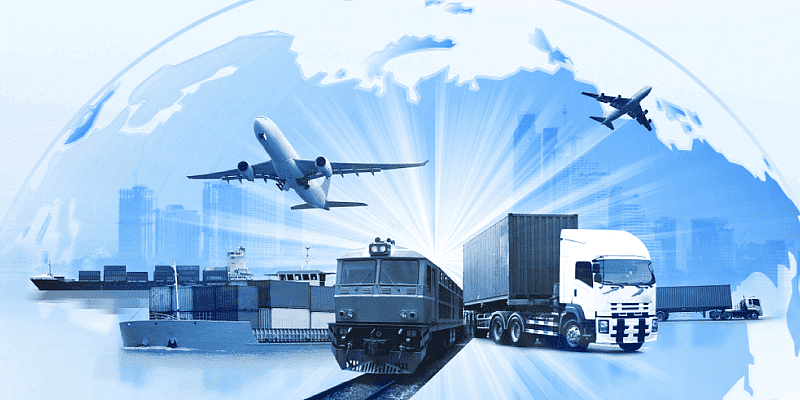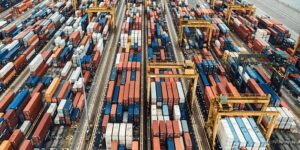Retail, manufacturing, and technological advancements have led to the strengthening of India’s commerce—propelling economic growth—establishing it as the fifth-largest in the world ahead of the UK.
Digital penetration has led to the growth of Indian ecommerce, and new-age technologies are disrupting everyday life as drones and robots become a part of last-mile deliveries for some of the biggest ecommerce brands in the country.
A nod by the Indian government to the adoption and development of artificial intelligence (AI) technology indicates a future full of possibilities. AI logistics will play a key role in unlocking the true potential of commercial and economic growth in India.
In the past few years, the demand for logistics has surged, with four million ecommerce packages shipped between 2022-23 alone. At the brink of transformation via technology, AI has the potential to transform how ecommerce logistics is handled—from predicting consumer behaviour to optimising supply chain operations.
AI is used to optimise several aspects of logistics, including demand forecasting, inventory management, warehouse management, and last-mile delivery. By leveraging AI, ecommerce businesses and logistics players can improve efficiency, reduce costs, and provide a better customer experience.
The central government has set a goal to reduce the overall cost of logistics in India to become competitive globally. It aims to lower it to the global standard of less than 10% from the current 14%.
Global logistics players have recognised and invested in harnessing the advancements and developments in machine learning, computing power, and big data analytics.
AI is significantly gaining traction across logistics due to its features, including prediction, intelligent workflow automation, and effective route and inventory planning, besides several other advantages.
Companies leverage the predictive capabilities of AI for demand forecasting, enabling merchandisers to make effective decisions on modifying stock levels, guiding inventories to high-demand areas, and improving overall operational capabilities.
Further, Internet of Things (IoT), new generation 5G internet, cloud computing, and increasing digital penetration are making businesses more cost-effective and profitable while providing transparency in the logistics and ecommerce ecosystem.
Domestic freight transportation, for example, takes place largely via roads through trucks. About 40% of logistics is dependent heavily on the highly fragmented trucking sector, with low levels of digital penetration, high-cost escalations, and inefficiencies.
The trucking ecosystem—which has many unorganised players—consists of shippers, fleet owners, and truckers, who drive the freight across the Indian hinterlands. AI-powered route planning in logistics can lead to incremental gains for businesses, helping them optimise travel routes and better use resources.
Moreover, lesser fuel consumption and operational efficiencies entail direct environmental impacts, which leads to a reduced overall carbon footprint.
It will be crucial in the coming times for ecommerce businesses, logistics companies and technology service providers to collaborate, along with public-private partnerships, in promoting the adoption of new-age technologies, including artificial intelligence and machine learning, across the logistics and ecommerce industries, which would stimulate the growth of India’s economy.
The times ahead will also have to take cognisance of the challenges of applying AI from all involved stakeholders, such as the ethical implications of the right use of data that is transparent and free of biases and the need to monitor and evaluate AI’s role and implementation.
Mohammad Imthiaz is the CEO and Co-founder of Raaho.
(Disclaimer: The views and opinions expressed in this article are those of the author and do not necessarily reflect the views of YourStory.)








![Read more about the article [Funding alert] Edtech platform BlueLearn raises Rs 3.25 Cr in pre-seed round led by Lightspeed](https://blog.digitalsevaa.com/wp-content/uploads/2021/08/Imagepli1-1628577866481-300x150.jpg)

